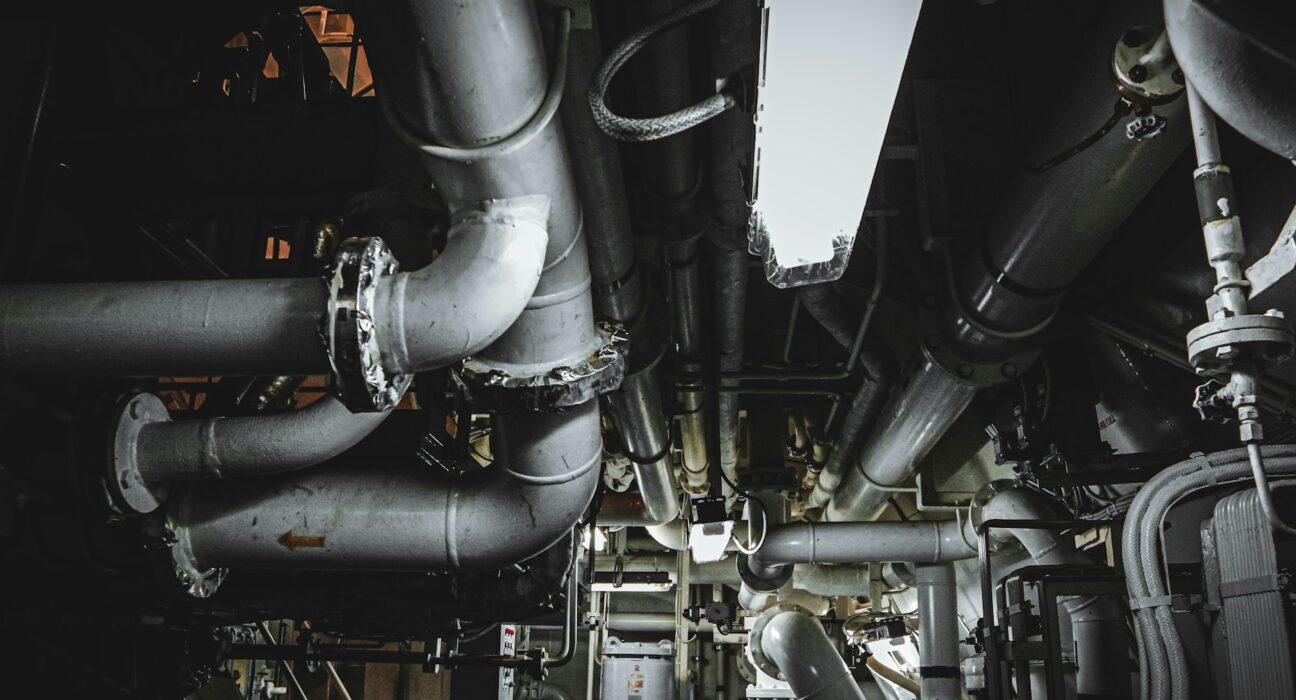Underground pipes face constant threats from freezing temperatures, especially during harsh winter months. When water freezes inside pipes, it expands and can cause catastrophic damage, leading to costly repairs and service disruptions.
Heat tracing systems provide a reliable solution to this problem, but proper installation is crucial for optimal performance and longevity. This comprehensive guide covers the essential best practices for installing heating cable in underground applications.
Whether you’re working with water supply lines, fire protection systems, or process piping, following these proven techniques will help ensure your freeze prevention system operates effectively for years to come.
Underground installations present unique challenges compared to above-ground applications. Soil conditions, moisture exposure, and accessibility issues all require careful consideration during the planning and installation phases.
Planning Your Underground Installation Project
Site Assessment and Preparation
Before beginning any underground installation, conduct a thorough site assessment. Examine soil conditions, drainage patterns, and existing utilities in the area. Poor drainage can lead to standing water around pipes, which increases heat loss and places additional stress on your heating cable system.
Key factors to evaluate include:
- Soil type and thermal conductivity
- Groundwater levels and seasonal variations
- Proximity to other underground utilities
- Access points for future maintenance
- Local frost line depth
System Design Considerations
Proper system design forms the foundation of successful heat tracing installations. Calculate the heat loss from your pipes using industry-standard formulas that account for pipe diameter, insulation thickness, soil temperature, and ambient conditions. This calculation determines the required wattage per linear foot of heating cable.
Consider these design elements:
- Heat trace cable power output requirements
- Circuit length limitations
- Control and monitoring system needs
- Power supply locations and capacity
- Emergency backup power considerations
Selecting Appropriate Materials and Components
Heating Cable Selection
Choose heating cables specifically rated for underground and wet location applications. Self-regulating cables offer several advantages for underground installations, including automatic power adjustment based on temperature conditions and inherent safety features that prevent overheating.
Essential cable characteristics include:
- Moisture-resistant outer jacket materials
- Chemical resistance to soil conditions
- UV resistance for exposed portions
- Temperature rating suitable for your application
- Appropriate voltage rating for your power supply
Insulation and Protection Systems
Quality insulation significantly improves heating cable efficiency and reduces operating costs. Closed-cell foam insulation resists moisture absorption and maintains its thermal properties even when exposed to groundwater.
Apply weatherproof jacketing over insulation to provide additional protection against mechanical damage and moisture intrusion.
Critical protection components include:
- Closed-cell foam pipe insulation
- Vapor barrier materials
- Mechanical protection shields
- Warning tape for excavation safety
- Proper grounding and bonding materials
Installation Techniques for Underground Applications
Excavation and Trenching Best Practices
Proper excavation techniques protect both workers and existing utilities. Contact local utility marking services before digging, and maintain safe distances from marked utilities. Create uniform trench bottoms free from rocks or debris that could damage cables during backfilling operations.
Follow these excavation guidelines:
- Maintain consistent trench depth below the frost line
- Create gradual slopes for drainage
- Remove sharp objects and debris from the trench bottom
- Install bedding material where required
- Provide adequate working space for installers
Cable Routing and Attachment Methods
Route heating cables along the bottom of pipes whenever possible, as this position provides the most effective heat transfer.
Secure cables using appropriate attachment methods that won’t damage the cable jacket or create stress concentration points. Maintain consistent spacing and avoid sharp bends or kinks.
Recommended attachment techniques:
- Use cable ties specifically designed for outdoor applications
- Space attachments every 12-18 inches along straight runs
- Provide service loops at connection points
- Avoid overtightening attachment hardware
- Use spiral wrapping methods for small diameter pipes
Electrical Connections and Power Distribution
Junction Box and Splice Requirements
All electrical connections must occur in appropriate junction boxes rated for underground or wet locations. Install junction boxes above ground level whenever possible to facilitate maintenance access. Use only splice kits and connection hardware approved by the cable manufacturer.
Connection best practices include:
- Verify power is disconnected before making connections
- Follow the manufacturer’s splice kit instructions precisely
- Apply proper torque specifications to connection hardware
- Test all connections before energizing circuits
- Document all connection locations for future reference
Grounding and Circuit Protection
Proper grounding protects personnel and equipment while ensuring reliable system operation. Install ground fault circuit interrupters (GFCIs) or ground fault equipment protectors (GFEPs) according to local electrical codes. Bond all metallic components to the electrical grounding system.
Essential electrical safety measures:
- Install appropriate overcurrent protection devices
- Verify ground fault protection operation
- Bond all exposed metallic surfaces
- Use weatherproof electrical enclosures
- Label all circuits clearly for identification
Testing and Commissioning Procedures
Pre-Energization Testing
Perform comprehensive testing before applying power to heating cable circuits. Use a megohmmeter to verify insulation resistance between conductors and ground.
Check the continuity of all circuits to ensure proper connections throughout the system. Document all test results for warranty and maintenance purposes.
Required testing procedures include:
- Insulation resistance testing at manufacturer-specified voltage levels
- Continuity testing of all heating cable circuits
- Ground fault device operation verification
- Temperature controller calibration checks
- System integration testing with monitoring equipment
System Performance Verification
After energizing the system, monitor performance during initial operation to verify proper function. Use infrared thermometers or thermal imaging cameras to check heat distribution along pipe runs.
Adjust control settings as needed to optimize energy consumption while maintaining adequate freeze protection.
Performance monitoring activities:
- Verify heating cable surface temperatures
- Check the control system response to temperature changes
- Monitor power consumption patterns
- Test alarm and notification systems
- Document baseline performance data
Maintenance and Long-term Care Strategies
Preventive Maintenance Programs
Establish regular maintenance schedules to ensure continued system reliability. Annual inspections should include visual examination of exposed components, testing of control systems, and verification of ground fault protection devices. Address any issues promptly to prevent minor problems from becoming major failures.
Maintenance program elements:
- Annual electrical testing and inspection
- Control system calibration verification
- Physical inspection of accessible components
- Documentation updates and record keeping
- Spare parts inventory management
Troubleshooting Common Issues
Understanding common failure modes helps maintenance personnel diagnose problems quickly. Cable damage from excavation activities represents the most frequent cause of system failures.
Install warning tape above heating cables and maintain accurate as-built drawings to prevent accidental damage during future construction work.
Common troubleshooting scenarios:
- Circuit breaker or GFCI tripping incidents
- Inconsistent heating performance issues
- Control system communication problems
- Physical damage from construction activities
- Corrosion of electrical connections
Protecting Your Investment Through Professional Installation
Underground heating cable installations require careful attention to detail and adherence to proven best practices. Proper planning, material selection, and installation techniques ensure reliable freeze prevention while minimizing long-term maintenance requirements.
The initial investment in quality materials and professional installation pays dividends through reduced operating costs and extended system life. Remember that local electrical codes and manufacturer requirements take precedence over general guidelines.
Consult with qualified professionals when designing and installing heat tracing systems, particularly for critical applications where pipe freezing could result in safety hazards or significant property damage.
Regular maintenance and proactive monitoring help identify potential issues before they cause system failures. By following these established best practices, your underground heating cable installation will provide reliable freeze prevention for many years of dependable service.







